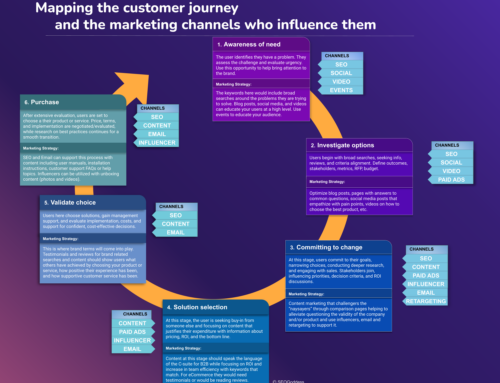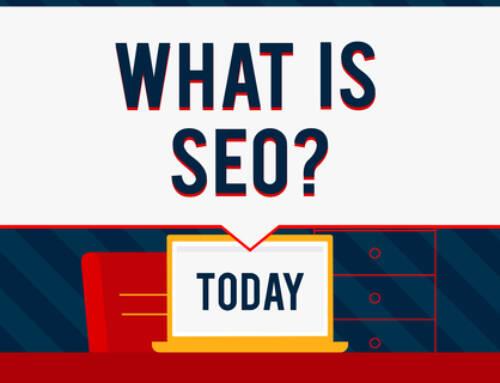Perhaps you have a website that you want to optimize for the best possible placement in the search engine results pages (SERPs). Or, maybe you’re new to learning about search engine optimization (SEO) and you’re trying to learn the lingo that search engine optimizers (SEOs) use when discussing various aspects of their jobs. Either way, canonicalization is an important concept for SEOs to understand and use effectively. If you’re wondering, “What is a canonical tag, anyway,” read on to educate yourself. You’ll get a thorough understanding of not only what it is, but how it works and how you can best use it when you optimize websites and web pages in the future.
What the Canonical Tag Is
A canonical tag is a small bit of code that is intended to be added to a web page’s HTML header along with all the other page level meta data. The format for the code is rel=”canonical”. The purpose of this code is to direct search engines to the most appropriate version of the content that website users should be served in response to having performed a relevant search for information on the Internet.
Why Webmasters Need to Use Canonical Tags
Search engines such as Google, Bing and Yahoo discourage webmasters from posting duplicate content on the Internet. However, there are many legitimate situations in which content does need to be duplicated between various URLs and web pages. In these legitimate cases, the canonical tag is a communication tool that can alert the search engines regarding which version of the content is the original, or the best current version.
Examples of When to Use Canonical Tags
For example, you might have the same content posted on your website on both a secure page that begins with https:// and a page that isn’t secure and begins with http://. You might also have your website configured to serve the same content to users whether they visit the URL that begins with http:// or the URL that begins with http://www.
You might also want to syndicate your content for use by other websites on the Internet.
Cases like these are the reason for the existence of the canonical tag.
Webmasters can use the canonical tag to specify which version of a page is the best existing version. This distinction is important, because the version with the canonical tag is the version of the content that a search engine will typically send traffic to.
Why Search Engines Encourage the Use of the Canonical Tag
From the point of view of a search engine, the canonical tag is necessary because it could be extremely frustrating to users if the search engine were to serve dozens of similar pages in response to the same search. A user would typically expect to see search results that offered a variety of different web pages and perspectives, rather than the same content repeated over and over again across a bunch of different URLs and domains.
Best Practices for Website Optimization Using the Rel=”Canonical” Tag
If you want to specify which version of a web page is the canonical version, be sure to include the rel=”canonical” tag in the web page’s header in the meta data area.
Then consider taking steps to minimize the influence of any other versions of the page that may be available.
From an SEO perspective, inbound links to a page are extremely important. However, it can be problematic to have multiple versions of a page available; this is because people might link to the page using a variety of different URLs. When inbound links to the same content don’t all go to the same page, it becomes difficult for the search engines to correctly evaluate the page’s link popularity. Inbound links to a variety of different URLs can result in the search engines underestimating that page’s importance and relevance. Ideally, all the inbound links to the content should point to the canonical version.
If you discover that this issue is affecting your website, there’s an easy solution. You can use 301 redirects to redirect to the canonical version of the page from any non-canonical versions that may exist.
So now you’re up to date on the canonical tag, what it is, how to use it and some best practices for using the tag to optimize your website for search.
The Story of the SavetheBreakfastSandwich.com Website
The Starbucks Breakfast Sandwich In January of 2008, I was gainfully employed with one of the many technology corporations based in Redmond, WA (No it wasn't Microsoft). It was Concur Technologies, [...]
SEO Checklist – Focusing on Social Media
As some of you know I teach a beginner to advanced SEO Workshop. One of the most asked for items in my talk is the SEO Checklist I have developed just [...]
Building a Social Media Community
The staff at Jenn Mathews Consulting use a system for social media marketing called the A.L.I.V.E. system. A majority of our clients have created their Facebook page and Twitter account, but [...]











